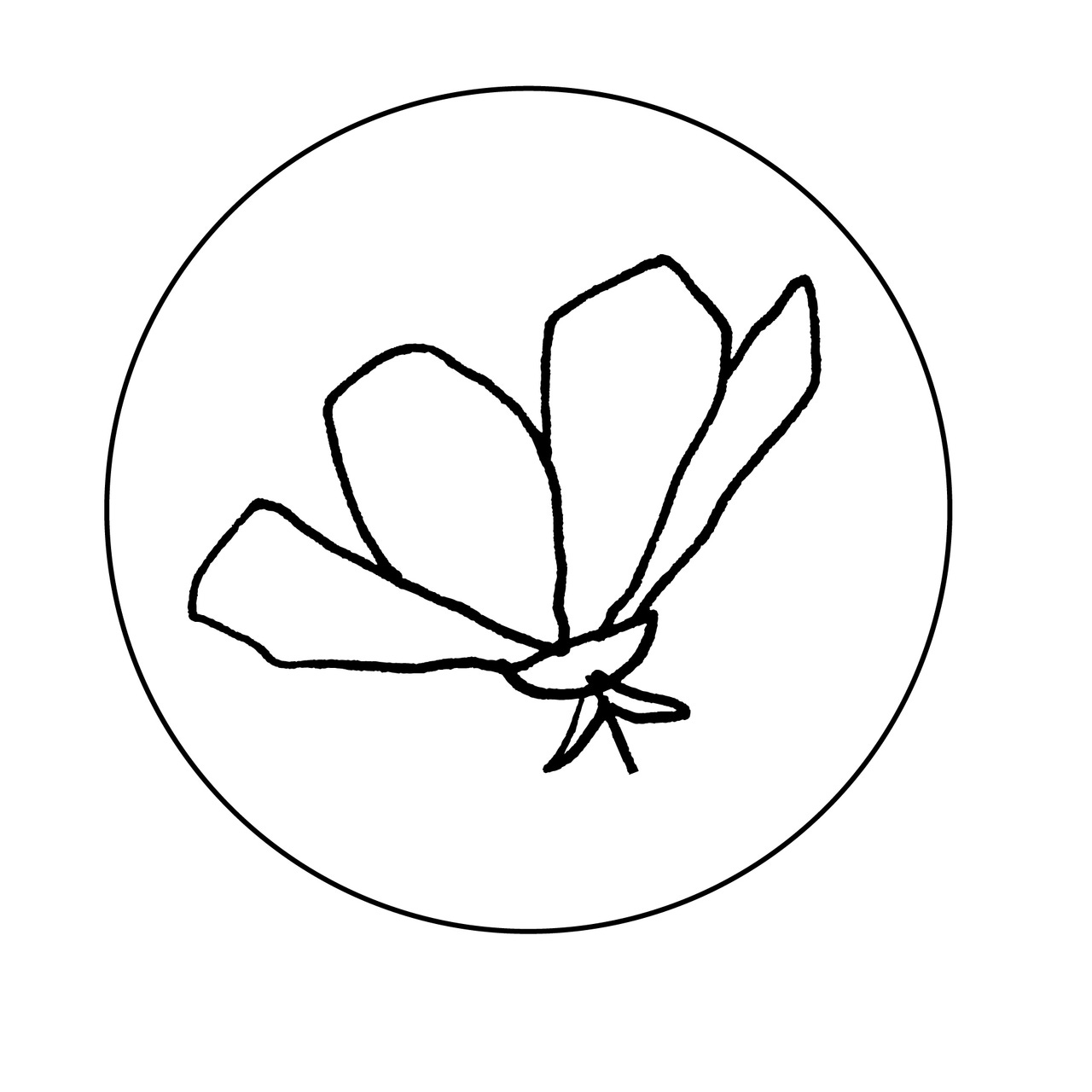Above: Three Harlem Women ca. 1925. Notice the shoes, style of dress, and hair, reflecting the “flapper” style.
Last week, I introduced you to Louise Brooks, the inspiration behind my new perfume, Brown-eyed Brooks. Brooks was an actress and movie star of the 1920s. But she was much more than that. Some might say that she was ahead of her time. Yet, others were shocked by her lifestyle and views, in time when women (in particular) didn’t (or shouldn’t) have an opinion on such things, or act them out.
Louise Brooks was, in fact, part of a “new” generation: The first wave of women who pushed boundaries to gain their independence in a changing world.
A wave of women given the name “Flappers.”
Defining a Flapper
There is no defining source of how or where the name “flapper” came from, but it could be a reference to the way that women flapped their arms around during the emergence of new dance moves such as The Charleston. It came into common usage just after World War I which ties up with the same time period.
Flappers were party girls, the early “influencers of social media.” Women who drank alcohol, smoked in public, went out and partied, and who were sexually active (outside of marriage), in stark contrast to their Victorian predecessors. Flappers were not the “girl-next-door” that you brought home to meet your parents!
So, how did Flappers dress, where did they disappear to, and how did I translate all of that into Brown-eyed Brooks?
Keep reading with a 7-day free trial
Subscribe to Stories of Scent to keep reading this post and get 7 days of free access to the full post archives.





